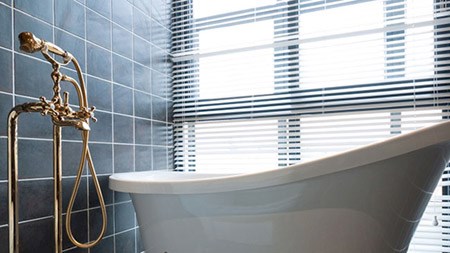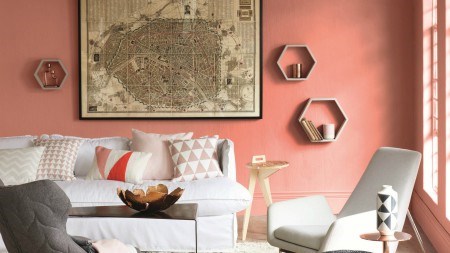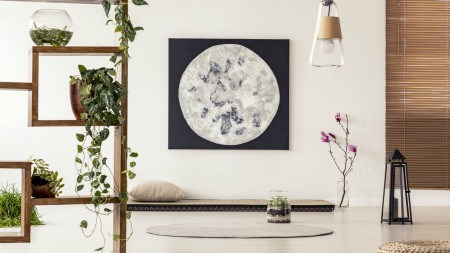Have you ever been in a home where the furniture was completely mismatched? Maybe the décor was cheesy and the tiles were better suited to a 1970s palette? Although elements such as furniture, décor and soft furnishings play an important role in creating a good impression, so too does the choice of tile colour says Tharien Smith, product designer at Johnson Tiles.
Says Tharien: “As is the case in any setting, colour can make or break a room and it’s important to choose the correct colour tile from the outset.”
Guidelines
There are a few basic guidelines that home owners need to keep in mind when selecting tile colours, she says. Firstly, it is important to consider the purpose of the room to be tiled. Every room is unique and has a different purpose – and colours that work in one room might not work in another.
Another useful tip is that small, dark-coloured tiles tend to make a space feel small while large, light coloured tiles open up spaces and make them feel bigger. Light, natural hues also act as a neutral backdrop for furniture and décor, and appeal to a larger segment of the market – which is an important consideration when thinking about selling.
With this in mind, Tharien advises opting for natural, light coloured tiles. Current on-trend colours include warm grey, cream and off-white. Brushed cement, sandstone, porcelain and white marble tiles are also currently very much in vogue.
Bathrooms
In terms of bathrooms, specifically small bathroom designs, Smith explains that light-coloured tiles are ideal as they reflect the light more than darker colours and thus create an airy, spacious feel. Using the same colour wall tiles as the floor tiles can also enhance the feeling of spaciousness. To further bolster this effect, Smith advocates using a similar coloured grout or purchasing custom-cut tiles that allow them to be laid closer together to create a seamless look.
Kitchens
The kitchen is another room in which tile colour selection is important – particularly as it is effectively the heart of the home.
“When deliberating over what floor tile colour to use in the kitchen, consider the colour of your kitchen units and surroundings. Depending on the look you are after, colours such as cream, beige and brown floor tiles can contribute to creating an impression of warmth. Similarly, a red, auburn or orange wall palette will create a welcoming atmosphere. Tile and mosaic colours such as blue and green will make the room feel cool.”
Patios
Patios are another commonly tiled area in the home. As these areas are typically used for entertaining and generally lead inside, it’s important that the colour scheme complements the accompanying areas as well as the overall style of the property.
“Again, in this setting, neutral colours work best as they can be blended with a number of décor styles and colour combinations – and won’t show up dirt too much. Home owners may also want to consider carrying the same tiles through from the interior of the home through to the exterior areas. This visually binds the interior and exterior and makes them appear larger than they actually are.”
Tharien adds that wood look tiles are an ideal design option for patios and kitchens as they imitate the natural beauty of wood and mimic decking when placed on the patio.
Bold and bright
“As popular and practical as neutral colours are, bright and bold colours also have their place and can be used to great effect. If you are slightly nervous about using colour but want to make a statement, keep it simple and use colourful splash backs, accent walls, borders and insets. Crystal and glass-bead tiles can also create an elegant, sophisticated look.”
New!
And for those seeking trendy, durable and cost-effective options, why not select inkjet printed tiles? They’re neutral, natural looking and come in a range of wood, concrete, marble, slate and stone designs.
“Ultimately, just remember to think long term when selecting tile colours. You have to love it and it has to last.”




